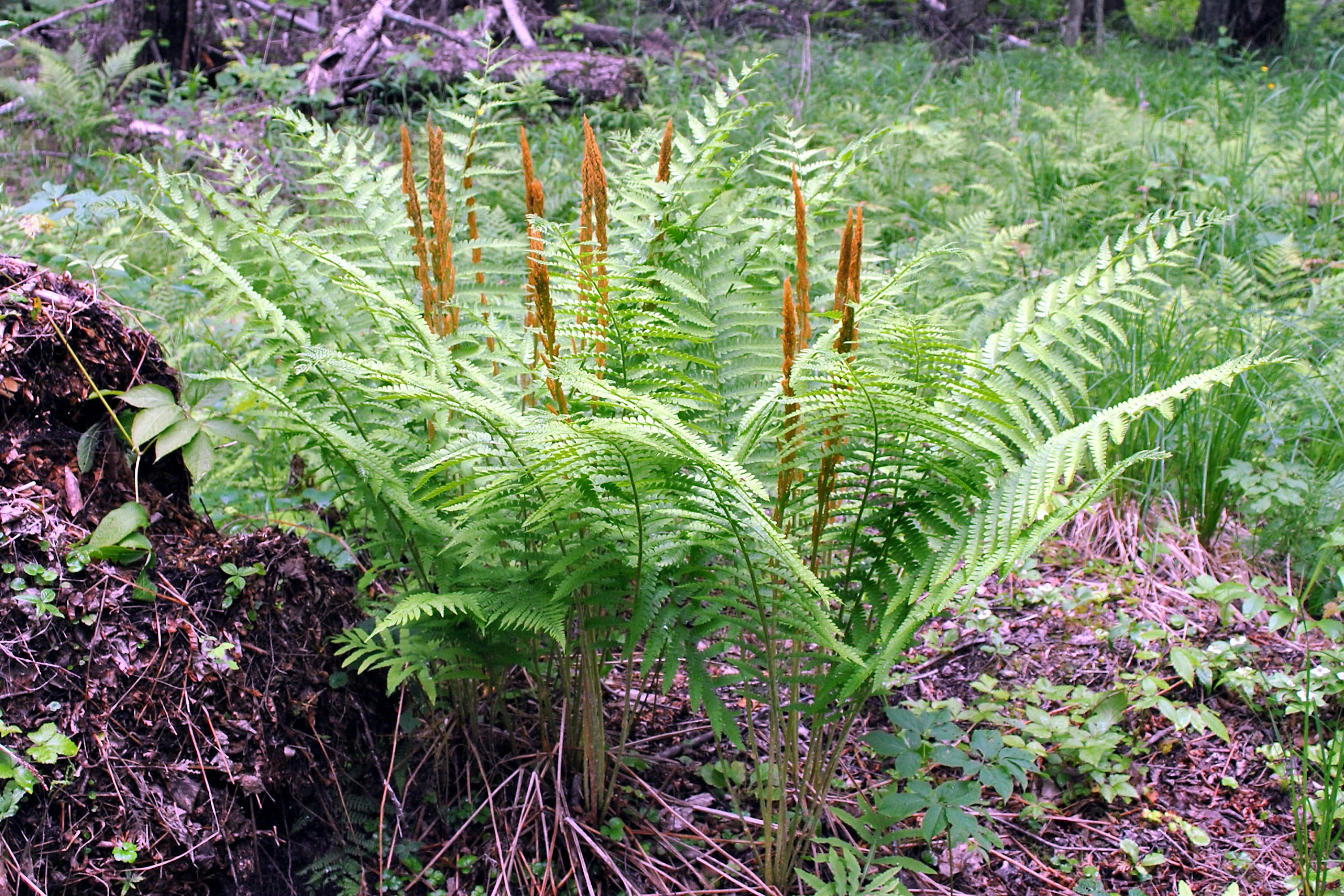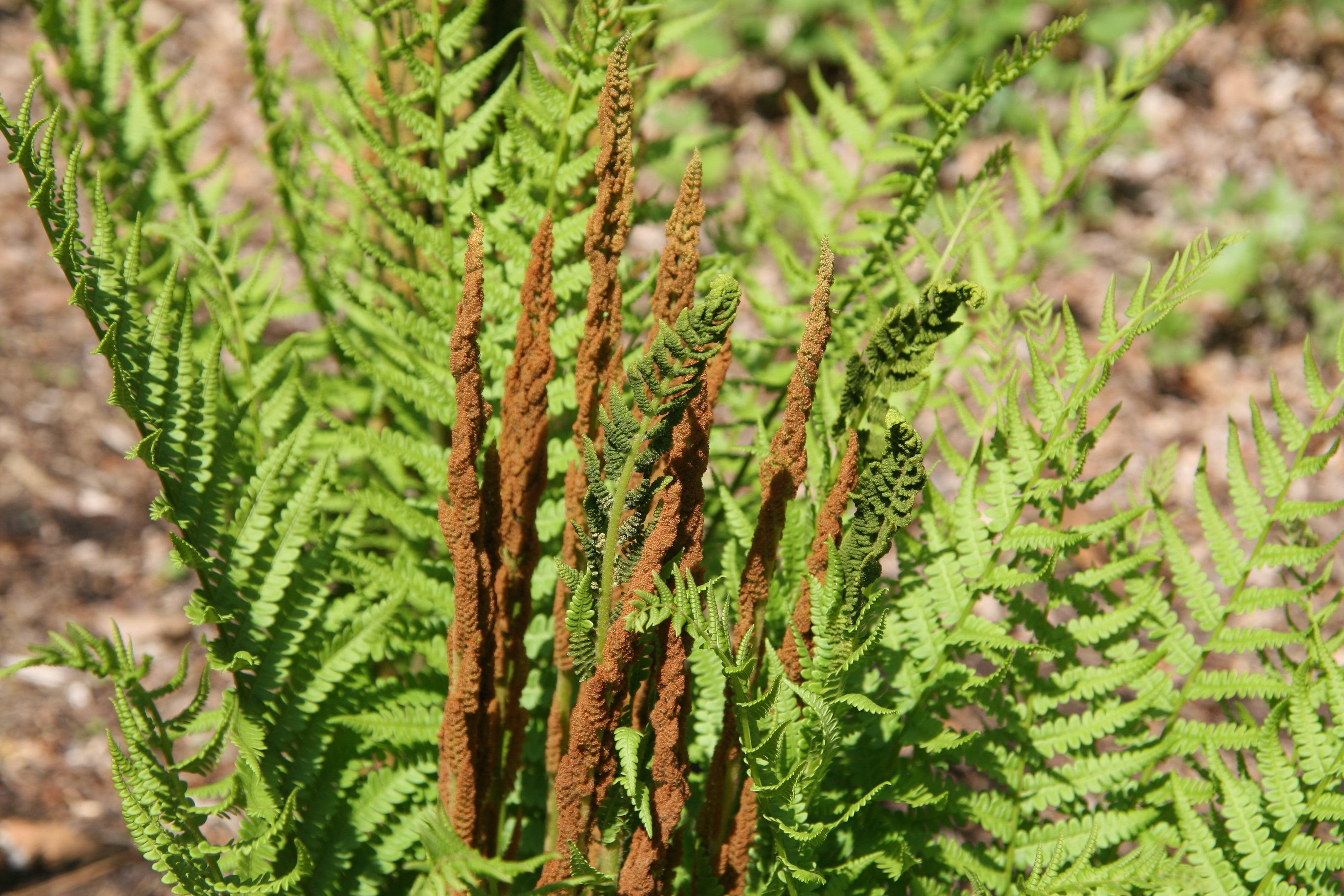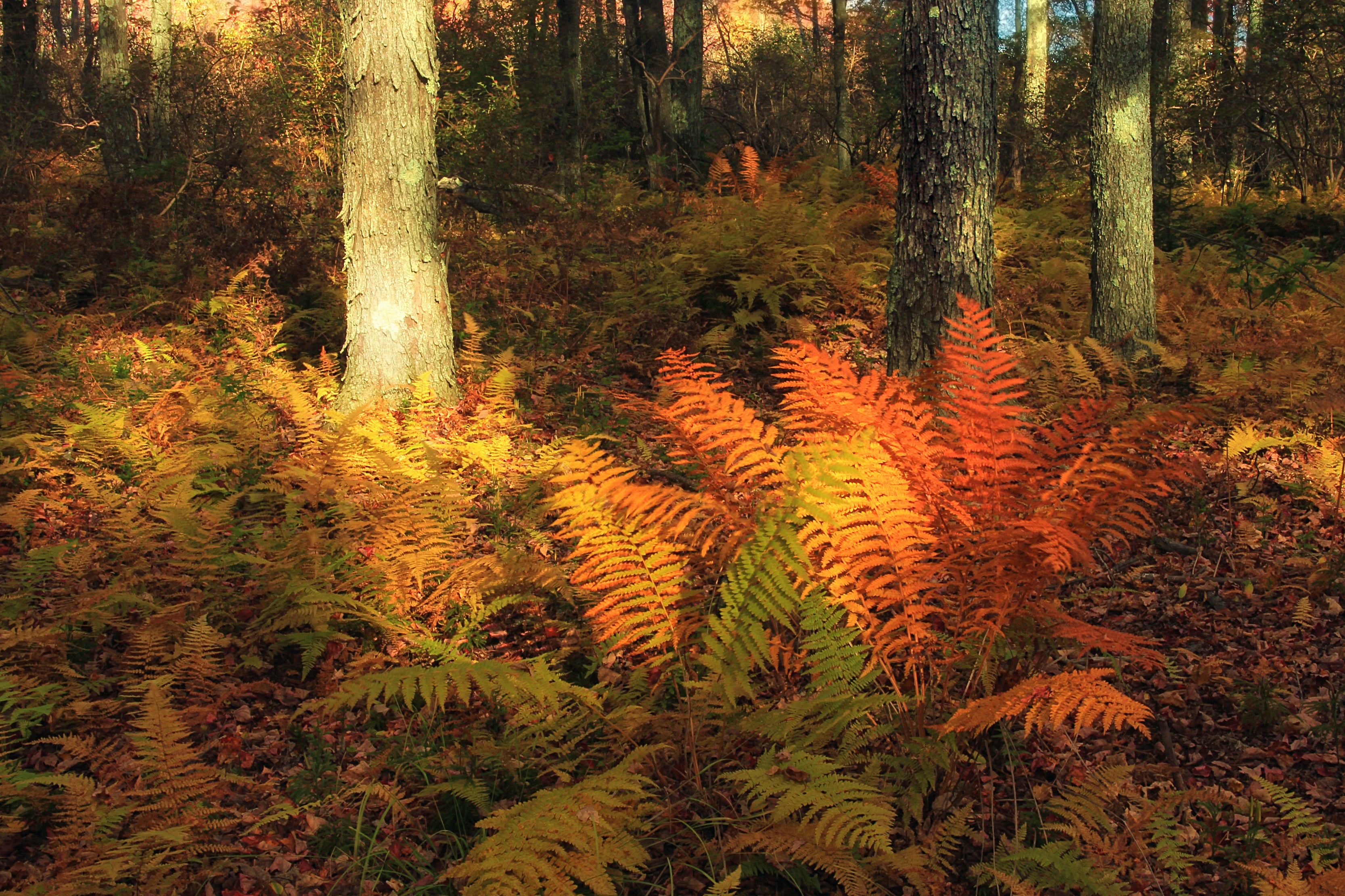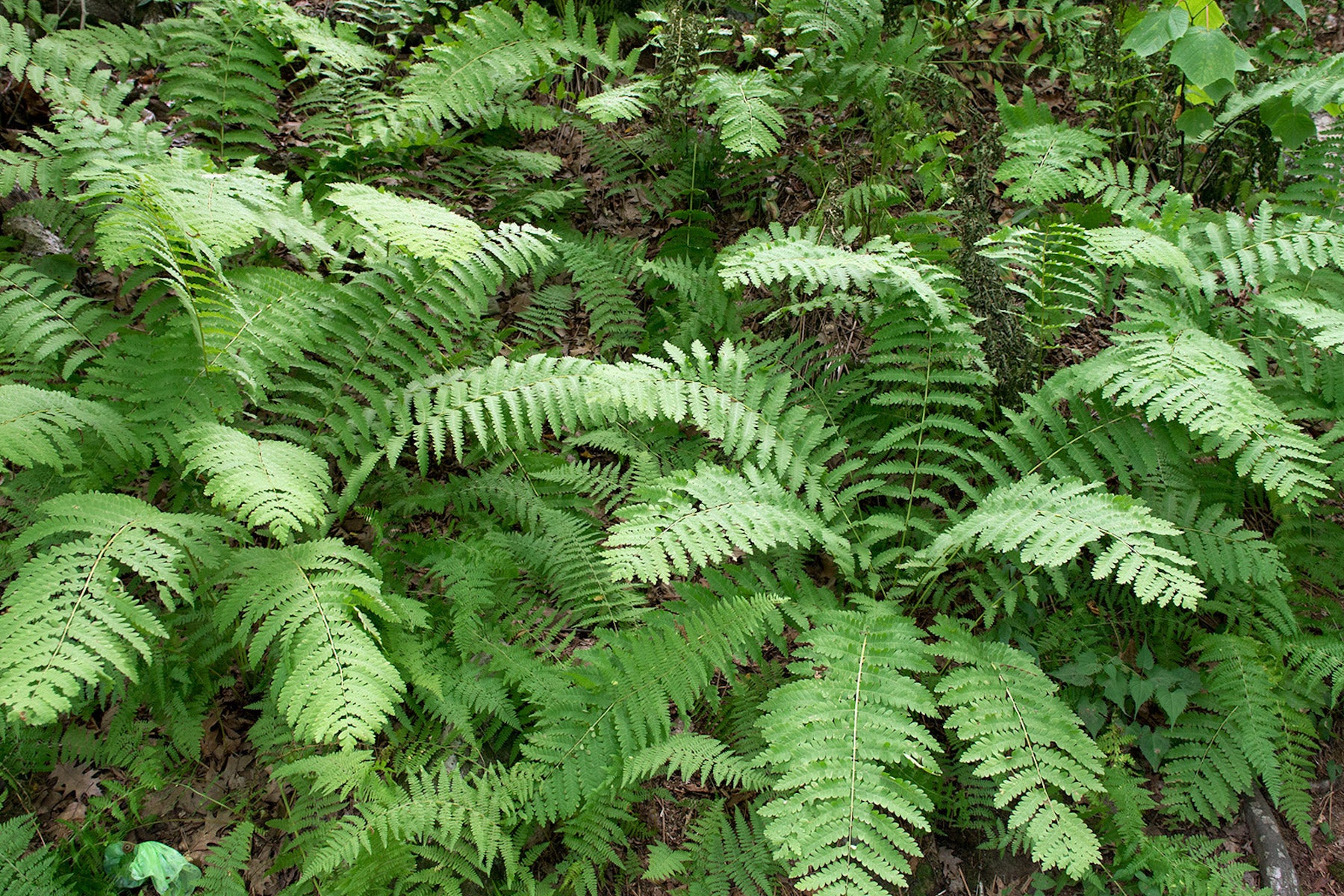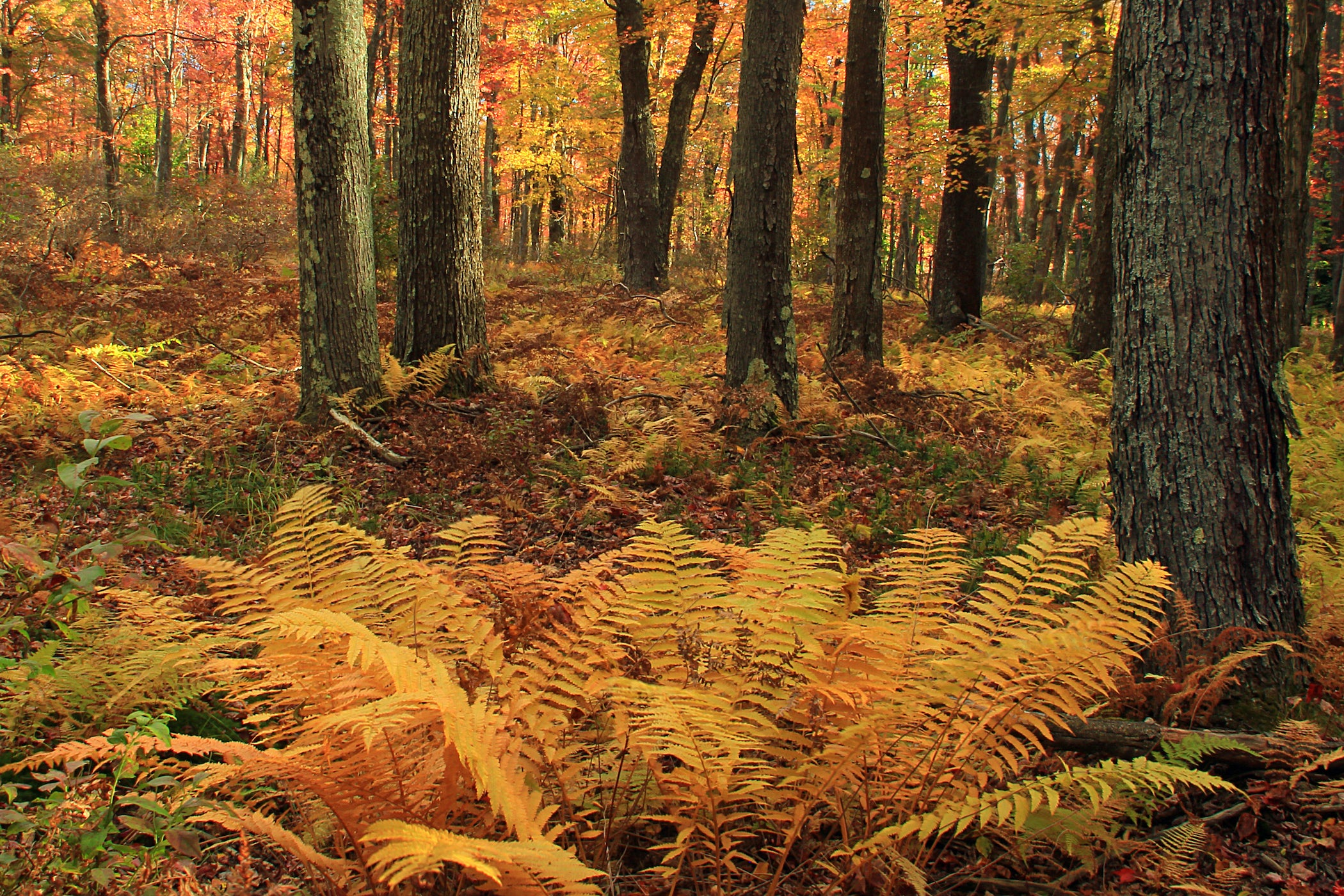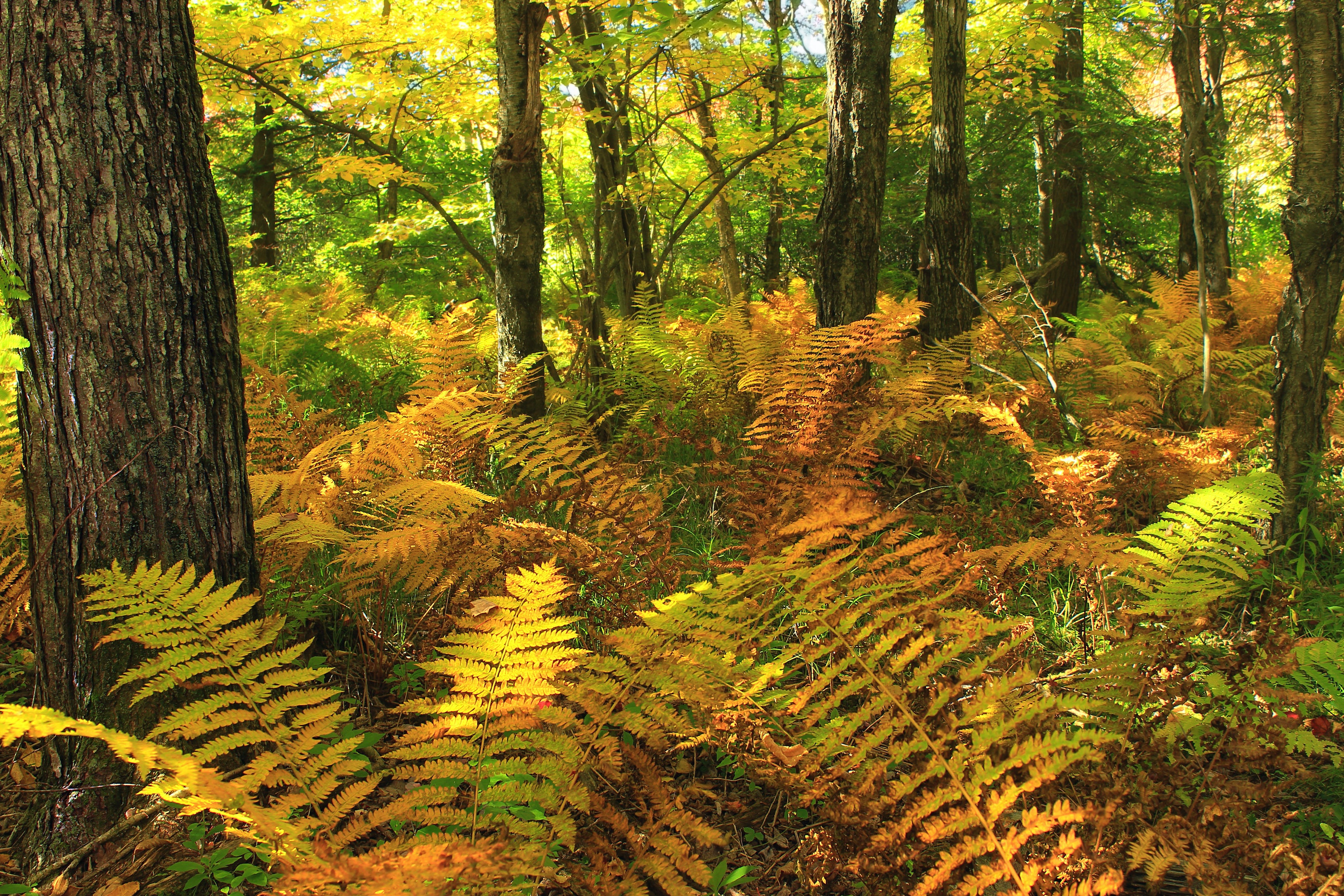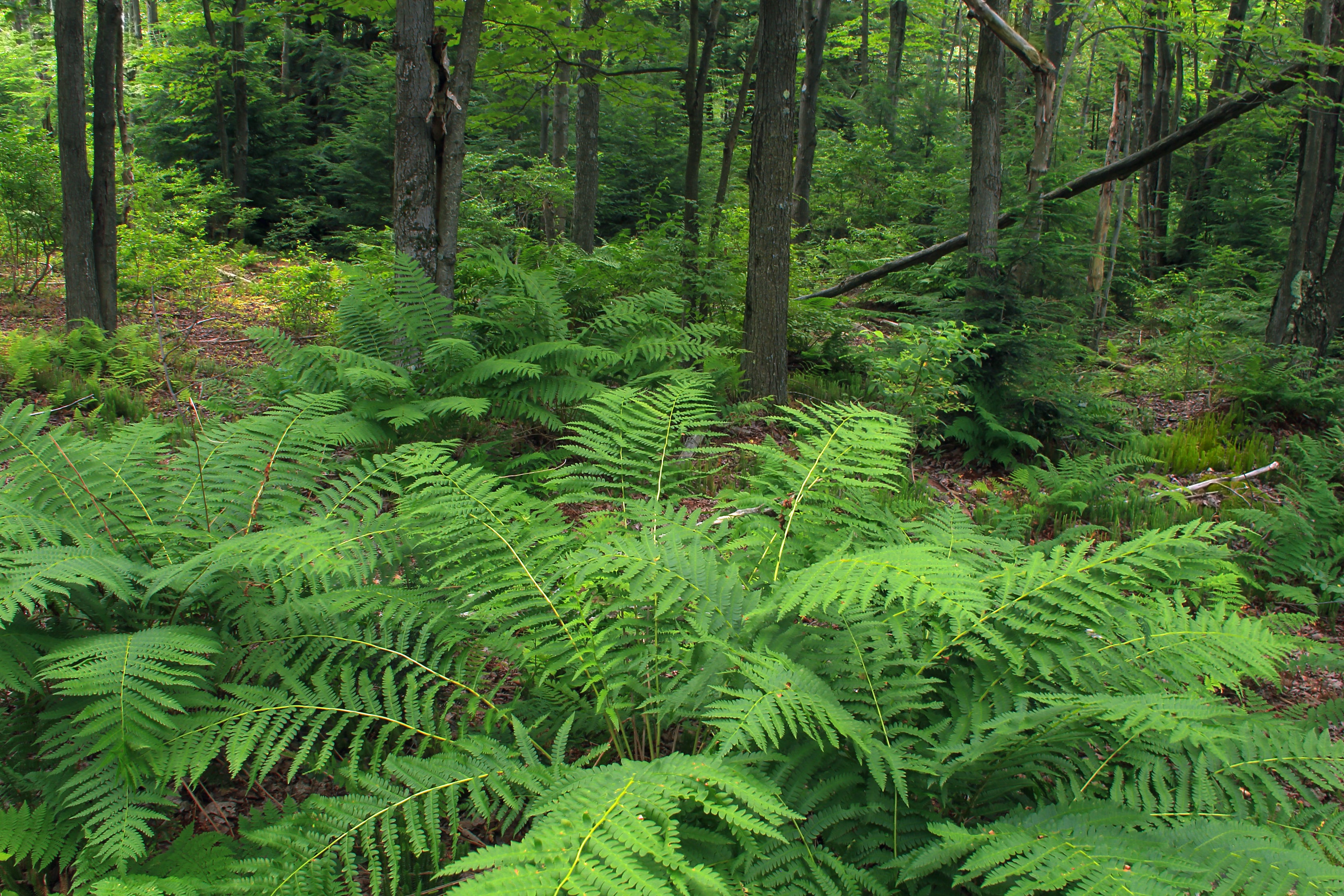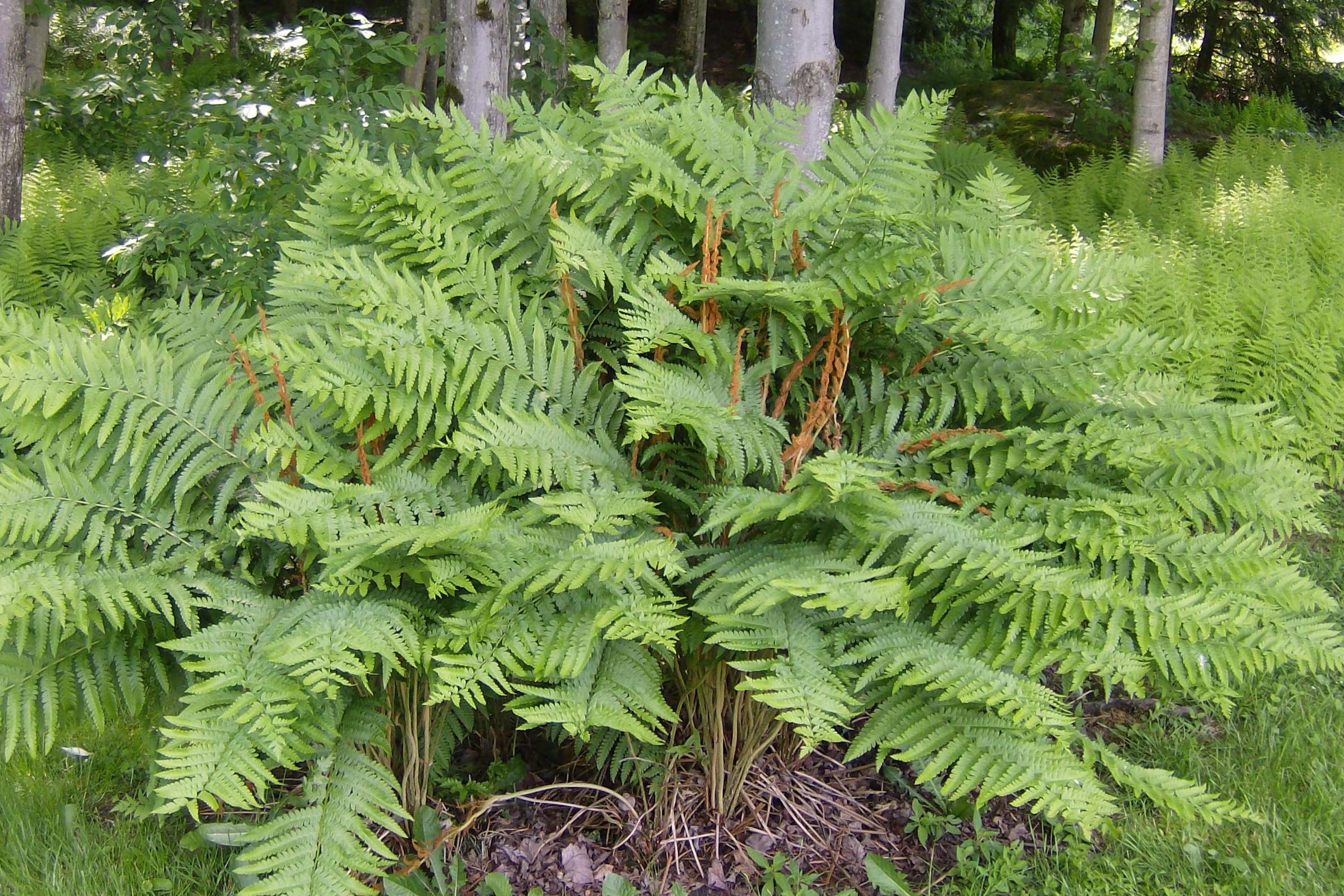Osmunda cinnamomea
Approx. 0.5 litre pot
About this cultivar:
Osmunda cinnamomea is commonly called cinnamon fern and the species name means 'brown like cinnamon' because of its cinnamon coloured fertile fronds, which appear in early spring but quickly turn cinnamon brown. It is an American native fern which occurs in moist, boggy ground along streams and on shaded ledges and bluffs, primarily in the eastern Ozark region of Missouri.
Separate spore-bearing, stiff, fertile fronds appear in early spring, quickly turning brown. The familiar curled up 'fiddleheads' also emerge from the base of the plant and unfurl into large, erect, yellowish-green, sterile fronds which remain attractive throughout the summer and turn yellow in autumn.
It is considered a living fossil because it has been identified in the geologic record as far back as 75 (possibly 180) million years ago. That is almost as old as some of our repeat customers! Buy loads and invite people over to see your vast fossil collection why not?
Has the RHS Award of Garden merit, most likely because it can almost grow almost anywhere, has a great lifecycle to watch, has a great habit, has great autumn colour, and has great fossil appeal.
Note, it should probably be called Osmundastrum cinnamomeum based on genetic research from 2008 but the RHS still has it as Osmunda cinnamomea, so let's stick with that for now....
- Position: Full shade, partial shade
- Soil: Almost any soil, grows well in Ballyrobert
- Flowers: -
- Other features: Grows well in Ballyrobert, Woodland Plant, Dappled Shade or Full Shade Loving, Interesting Foliage or Fruit, Royal Horticultural Society Award of Garden Merit (RHS AGM)
- Hardiness: H6 - Hardy in all of UK and northern Europe (-20 to -15°C), Fully hardy - grows well in Ballyrobert!
- Habit: Tufted, Clump forming
- Foliage: Deciduous
- Height: 60 - 120 cm (2 - 4 ft)
- Spread: 60 - 150 cm (2 - 5 ft)
- Time to full growth: 5 to 10 years
- Plant type: Herbaceous Perennial, fern
- Colour: Green
- Goes well with: Shade
About this genus:
Osmunda is a genus of primarily temperate-zone ferns of family Osmundaceae. Five to ten species have been listed for this genus. Because of the large mass of sporangia that ripen uniformly at the same time to a showy golden colour, the ferns look as if they are in flower, and so this genus is sometimes called the ‘flowering ferns’.
Genus name supposedly honours Osmundus or Asmund, c. 1025, a Scandinavian writer of runes who helped prepare the way for the Swedish acceptance of Christianity. Another theory isthe name Osmunda possibly derives from Osmunder, a Saxon name for the god Thor.......or combining the Latin os (= mouth) and mundus (= clean), as it was reputedly used to clean the mouth.
According to Slavic mythology, the sporangia, called "Perun's flowers", have assorted magical powers, such as giving their holders the ability to defeat demons, fulfil wishes, unlock secrets, and understand the language of trees. However, collecting the sporangia is a difficult and frightening process. In earlier traditions, they must be collected on Kupala night; later, after the arrival of Christianity, the date is changed to Easter eve. Either way, according to mythology, the person wanting to collect Perun's flowers must stand within a circle drawn around the plant and withstand the taunting or threats of demons.....
According to science however.....Osmunda evolved in the ancient southern continent of Gondwana. The remnants of Gondwana make up about two thirds of today's continental area, including South America, Africa, Antarctica, Australia, and the Indian Subcontinent. A permineralized fossil rhizome of fern was discovered in Early Jurassic (Pliensbachian) lahar deposits in southern Sweden! So it is one way of bringing the past into the present!
In the garden they make an selection for wet areas along ponds, streams, water gardens or in bogs. Also grows well in shaded borders, woodland gardens, wild gardens or native plant gardens.

